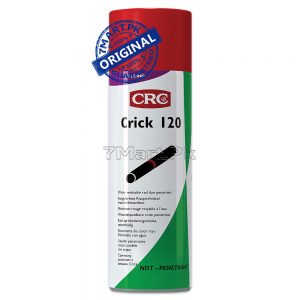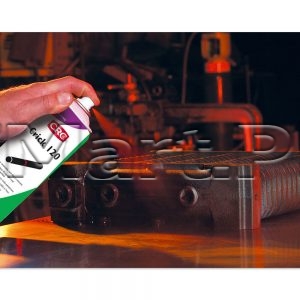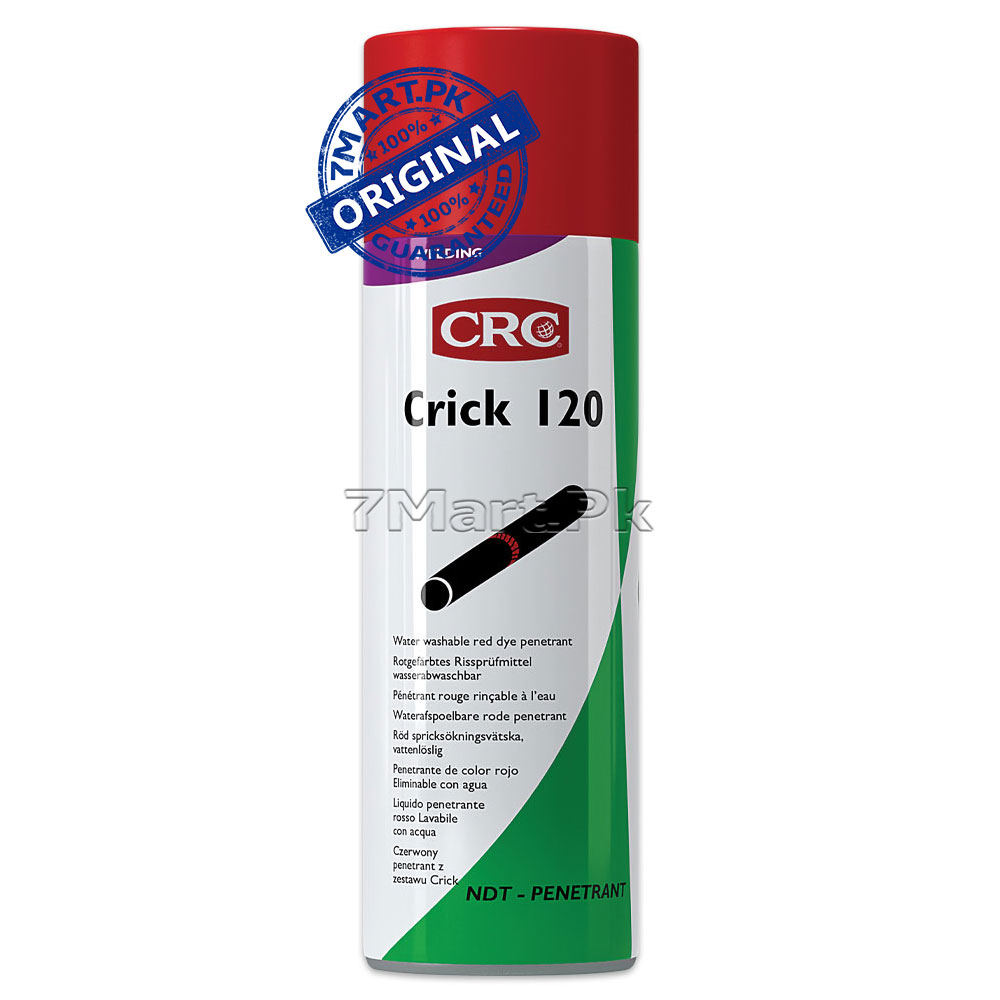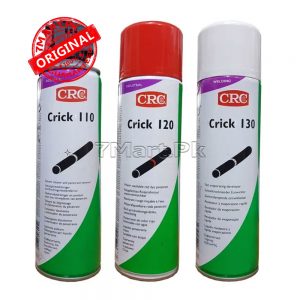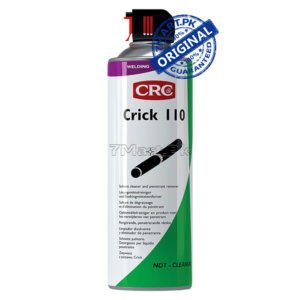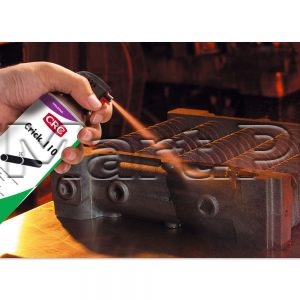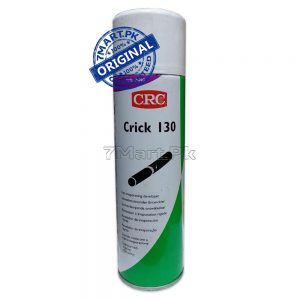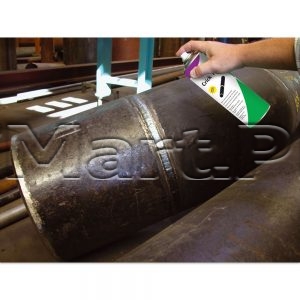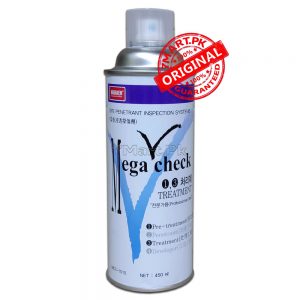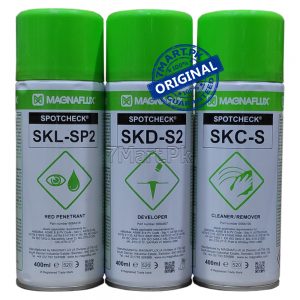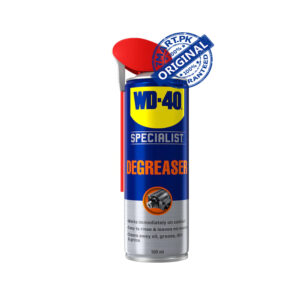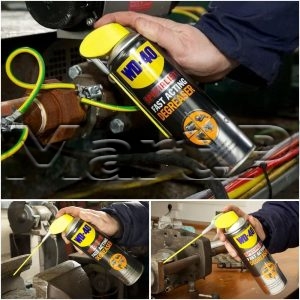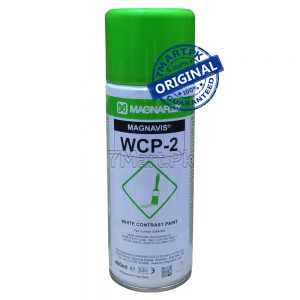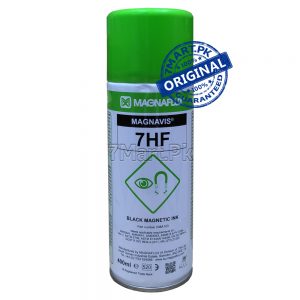Do you Know Why peoples mostly use CRC Crick 120 500 ml Water Washable Red Penetrant ?
Yes , because it’s a red-colored liquid penetrant for the non-destructive testing of surfaces and structures. Many cracks in engineering materials can be deep in spite of having a very small opening width on the surface and can cause very serious defects. By normal visual inspection such cracks may be very difficult to detect, but penetrant flaw detection is an extension of the visual inspection method. The control is carried out using 3 products: CRC Crick 110 (cleaner), CRC Crick 120 (penetrant) and CRC Crick 130 (developer). CRC Crick 120 is a water washable liquid penetrant visible with natural white light. Based on special hydrocarbons, with high boiling point, surfactants, corrosion inhibitors and dyes.
Features :
• The check can be carried out with ready-to-use aerosols.
• It produces results in a speedy and easy way.
• An economical technology with no need for expensive and advanced equipment.
• A sensitive and reliable test method.
• Widely applicable, regardless the nature of the materials and shape of the objects.
• The aerosol uses a hydrocarbon propellant for controlled application.
• Halogen content tested according to ASME Section V, art 6.
Applications :
Non-destructive inspection of materials, parts, assemblies, equipment, surfaces or
structures:
• Cracks, lack of fusion and open cavities in welded parts.
• Cracks and cavities caused by metal fatigue and cutting operations.
• Check of porosity or leaks in pipes, tanks, boilers, heat exchangers.
• Discontinuities, laps, folds and cracks in castings, forgings and ceramics.
Directions :
Do not use at ambient temperatures below 10°C.
• In liquid penetrant inspections, the test object or material is coated with a visible dye
solution. The excess dye is removed from the surface and a developer is then applied. The
developer acts like a blotter and draws penetrant out of the imperfections of the surface.
With visible dyes, the vivid color contrast between the penetrant and the developer makes
the ‘bleed-out’ easy to see.
• Cleaning of the surface
The surface to be checked must be clean, de-greased and dry. All soil, like rust, oil, grease,
paint etc, which can mask the imperfections, must be removed. Finish the cleaning by
spraying CRC Crick 110 generously. If possible wipe with an absorbent cloth and allow
drying thoroughly.
